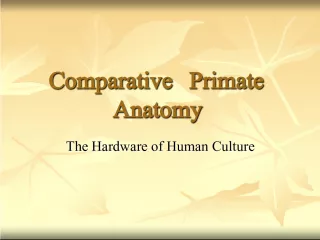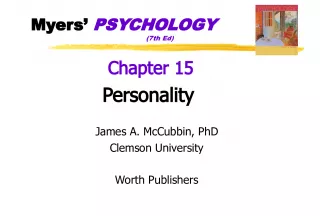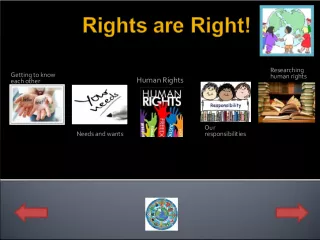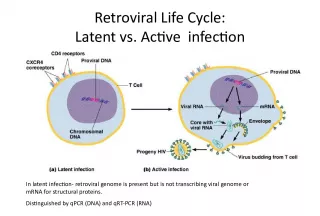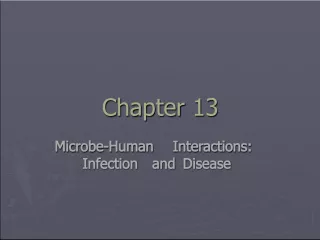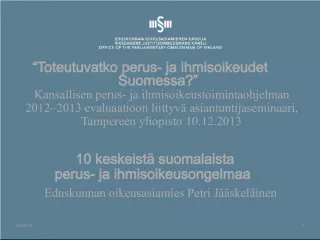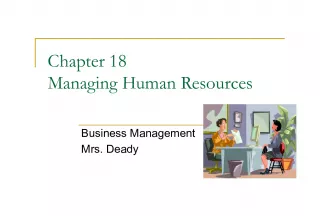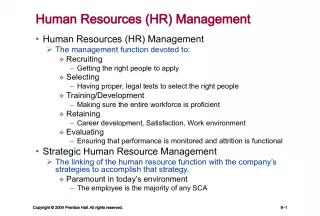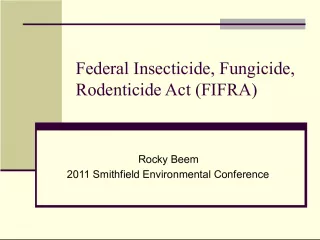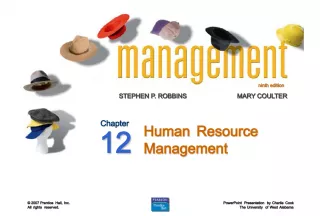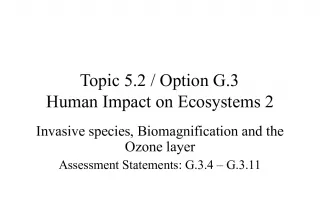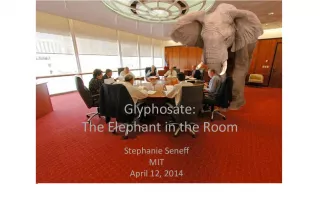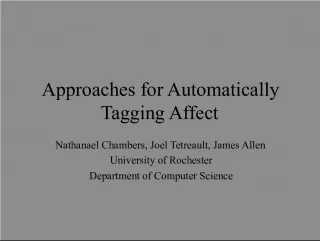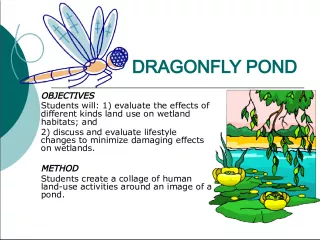Understanding Human Sexuality and Abstinence
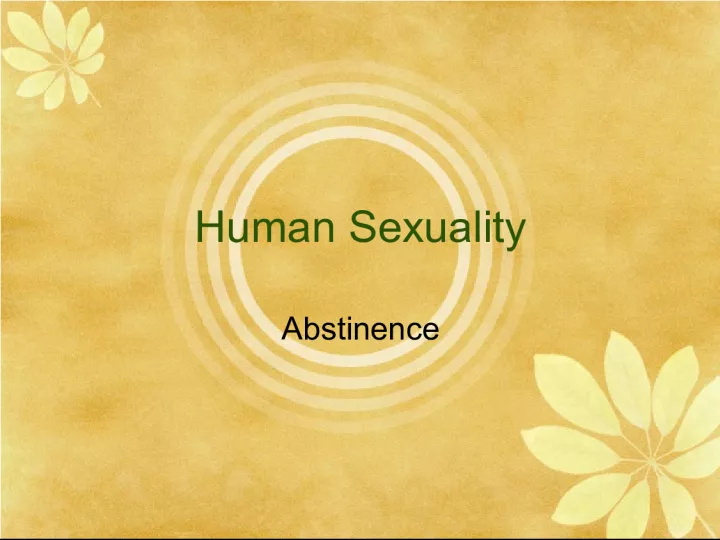

This article provides an overview of human sexuality and abstinence, covering topics such as what constitutes sex (including vaginal, oral, and anal), touching of genitals, and defining abstinence as the
- Uploaded on | 0 Views
-
 yosipa
yosipa
About Understanding Human Sexuality and Abstinence
PowerPoint presentation about 'Understanding Human Sexuality and Abstinence'. This presentation describes the topic on This article provides an overview of human sexuality and abstinence, covering topics such as what constitutes sex (including vaginal, oral, and anal), touching of genitals, and defining abstinence as the. The key topics included in this slideshow are . Download this presentation absolutely free.
Presentation Transcript
Slide1Human SexualityAbstinence
Slide2Abstinence What is sex? Vaginal Sex Oral Sex Anal sex Touching of genitals What is abstinence? Abstinence can be defined in many ways. Choosing not to do any sexual activity that carries a risk for pregnancy or STDs When is it appropriate to have sexual feelings? Is there a certain age that is acceptable? What are some appropriate ways for high school students to act on sexual feelings? Talk to a friend about your feelings. Write in a journal about your feelings. Go to movies, on walks, out to dinner, spend time with that person. Talk to the person you are attracted to.
Slide3Defining Sexual Activity Commonly used when referring to sexual activity “Ever had sexual intercourse” Tells whether people have ever had sexual intercourse in their lives “Currently sexually active” Usually means sexual activity within the past 3 month “Had sex” Can mean different things to different people “Virginity” Usually refers to a state of never having had sexual intercourse
Slide4How Young People DefineAbstinence, Sex, and Virginity A recent survey of teens found that: 44% thought people who engaged in genital touching were abstinent 33% thought people who engaged in oral sex were abstinent 14% thought people who engaged in anal sex were abstinent 12% thought people who engaged in vaginal sex were abstinent A survey of college students found that: Almost 100% thought vaginal intercourse counted as having sex 81% thought anal intercourse counted as having sex 40% thought oral sex counted as having sex A recent survey of U.S. teens found that: 84% believed that people were still virgins if they engaged in vaginal touching 71% believed were still virgins if they engaged in oral sex 16% believed people were still virgins if they engaged in anal sex
Slide5Statistics 2010 Over half of all high school students reported never having sexual intercourse 2/3 were not currently sexually active In 9 th Graders 7 out of 10 had never had sexual intercourse 8 out of the 10 were not currently sexually active In 12 th Graders 1/3 had never had sexual intercourse Slightly over half were not currently sexually active
Slide6Abstinence Can having sex affect your ability to accomplish your goals? Short Term Goals Long Term Goals Complete Abstinence and My Goals worksheet. Share one with the class from each
Slide7Abstinence - Ask 3 people in class toanswer the questions below. What percentage of 9th and 10 graders do you think are sexually abstinent? What is something you lose if you don’t remain abstinent? What is one strategy a person can use to support a choice to be abstinent? What are some positive outcomes of remaining abstinent?
Slide8The Real Story 80% of 9 th Graders were currently not having intercourse, and 70% had never had sexual intercourse 70% of 10 th graders were not currently having intercourse, and 60% had never had sexual intercourse About 3 out of 4 feel it’s a good idea to make a conscious decision not to have sex until later in their lives Nearly 9 out of 10 say it isn’t embarrassing to acknowledge being a virgin Almost two-thirds of teens who have had sex wish they’d waited longer Half of teens said that they had been in situations where they could have had sex with someone they cared for but decided against it.
Slide9Reasons for choosing not tohave sex They’d made a conscious decision to wait Fear of pregnancy, HIV or STIs Concerned about what their parents would think Not having met the right person Feeling they were too young Religious or moral beliefs
Slide10Benefits of Abstinence Staying Healthy – Abstinence is the only 100% effective way to avoid STDs or STI’s, including HIV and AIDS. Not getting Pregnant – Pregnancy can get in the way of school and delay or keep students from graduating. Changes your future plans greatly.
Slide11Benefits of Abstinence Follow beliefs and morals – Many people believe sex is only ok during marriage or a long term committed relationship. Religion influences this greatly. Earn the respect of Family and Friends . Knowing what feels right – Some students know they are not ready for having a sexual relationship.
Slide12Benefits of Abstinence Having other goals – Sexual relationships take up time, energy and effort. Many teens would rather spend time on friends, family, fun interests, and school. Thinking about a Reputation – Young people who are sexually active can be targets for gossip. This seems to be true for girls mostly, but can effect boys as well. Enjoy their freedom – you tend to have lots more free time.
Slide13Making the Choice Who do you go to when making tough decisions or having trouble making a decision, need advice or someone to talk to? Who could you go to get help in maintaining your abstinence commitment? Friend with the same choice, abstinence Parents and other family members Teachers Religious leaders Counselors
Slide14Strategies to maintain yourchoice What are some strategies you can use to maintain your abstinent commitment? Communicate your commitment to abstinence to your friends and possible romantic partners. Join Clubs or groups where others are committed to abstinence. Don’t be alone with a romantic partner in a tempting situation. Don’t date older, sexually experienced people. Don’t use alcohol or other drugs.
Slide15Positive Self-Talk Ideas you think to yourself are called “self-talk” You can prepare for almost any challenge by giving yourself a pep talk about what’s important to you If you’re in a tough situation, you can give yourself positive self-talk messages that you’ve thought about a head of time
Slide16StatisticsAbstinence means saying NO to sexual intercourse. It is the most effective, least expensive way to protect yourself from STIs and pregnancy. Nationally only 35% are currently sexually active
Slide179% of high school students report having been physically forced to have sexual intercourse 55% of males and 54% of females between 15-19 report ever having oral sex. 24% of males and 22% of females report that thy have had oral sex and not vaginal intercourse
Slide18In 2007, 21% of 9 th grade males and 16% of females in MN reported having sexual intercourse at least once 49% of 12 grade males and 49% of females in MN reported having sexual intercourse at least once
Slide19“I don’t want to get an STI” and “One or both of my parents would object” are the major reasons why males in MN say they are not sexually active “I don’t want to get pregnant” and “One or both of my parents would object” are the major reason among females in MN
Slide20Contraceptive Use About 25% of teen females and 18% of teen males did not use any method of contraception at first intercourse (making it more likely for them to continue to not use) Sexually active teens who do not sue contraceptives has a 90% change of being coming pregnant within a year Among currently sexually active teens nationwide, 61.5% reported that a condom was used the last time they had sexual intercourse. 16% reported that either they or their partner used birth control pills to prevent pregnancy
Slide21In MN, 32% of 9 th grade males and 37% of females who are sexually active report never using any birth control method In MN, 16% of 12 th grade males and 13% of females who are sexually active report never using any birth control method
Slide22Pregnancy and Birth In the US 1 in 3 young women become pregnant by the age of 20 US teen birth rate increased 5% from 2005-2007, interrupting a 34% decline In 2010, there were 745,000 among teens ages 15-19 in the US. 57% resulted in live birth, 27% were aborted, and 16% are a fetal loss In Minnesota, 7229 teens became pregnant in 2007 In 2007, 5249 teens gave birth in MN, representing 7% of all MN births. About 14 births per day.
Slide23In MN, 17% of teen moms have a second birth before the age of 20 Teen moms age 19 and younger, are more likely to drop out of high school and to be single parents Less than half of teens who give birth before the age of 17 ever graduate from high school and fewer than 2% earn a college degree by age 30
Slide24STI facts 4 million people will contract an STI every year 1-3 before age 24 Teens ages 15-19 and young adults ages 20-24 are at a higher risk than older adults.
